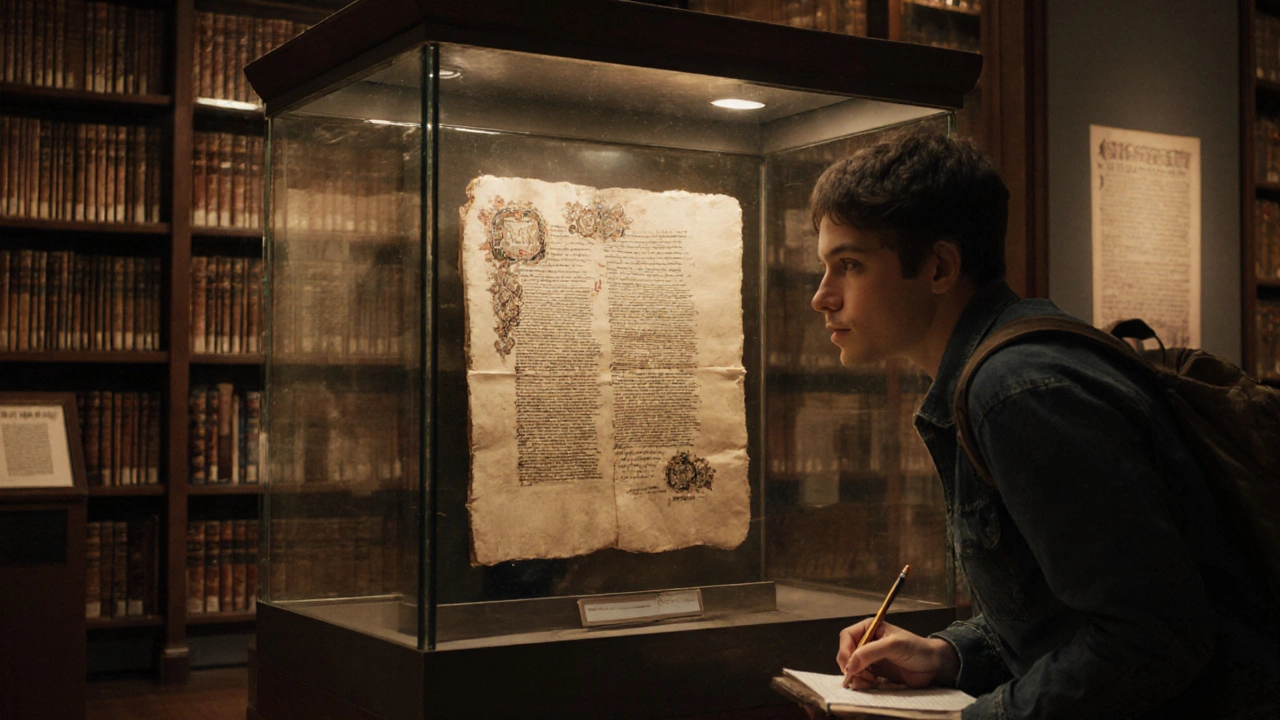British Library manuscripts: Rare Texts, Historic Scripts, and Hidden Stories
When you think of the British Library manuscripts, original handwritten documents from centuries past, preserved as cultural treasures. Also known as historic manuscripts, they include everything from medieval religious texts to personal letters from kings, poets, and scientists. These aren’t just old papers—they’re time capsules. Each one carries a voice from the past, inked by hand, folded by accident, or tucked away for safekeeping. The British Library holds over 170 million items, but the manuscripts? They’re the heartbeat of the collection.
These medieval manuscripts, handwritten books created between the 5th and 15th centuries, often decorated with gold leaf and intricate illustrations were made by monks in dimly lit scriptoria, sometimes taking years to finish a single volume. You’ll find the Beowulf manuscript, the only surviving copy of the Old English epic poem, written in Anglo-Saxon script, and the Lindisfarne Gospels, a 7th-century Christian text with dazzling Celtic artwork. Then there are the personal archives—Charles Darwin’s field notes, Anne Boleyn’s letters, and the original draft of Alice’s Adventures in Wonderland. These aren’t museum pieces behind glass; they’re living records that changed how we think, wrote, and believed.
What makes these manuscripts special isn’t just their age—it’s their rarity. Many were destroyed in fires, wars, or neglect. Others were lost because no one thought they mattered. The ones still here survived because someone cared enough to save them. Today, researchers, students, and curious visitors can request to view them in the Library’s reading rooms. You can’t touch them, but you can stare at the same quill marks that a scribe made 800 years ago. That’s the power of these objects: they turn history from something you read about into something you almost feel.
The British Library doesn’t just store these manuscripts—it digitizes them. Thousands are free to explore online, zoomed in so you can see the smudges, corrections, and even fingerprints left by medieval hands. But nothing beats seeing them in person. The smell of old parchment. The weight of a book that outlived empires. The quiet awe of standing where scholars have stood for centuries.
Below, you’ll find posts that connect to these manuscripts—not just as relics, but as living influences on today’s London. From the quiet corners of London’s best libraries to the hidden histories behind famous landmarks, these stories show how the past still shapes the present. Whether you’re drawn to ancient scripts, forgotten voices, or the quiet magic of old books, you’ll find something here that sticks with you.
